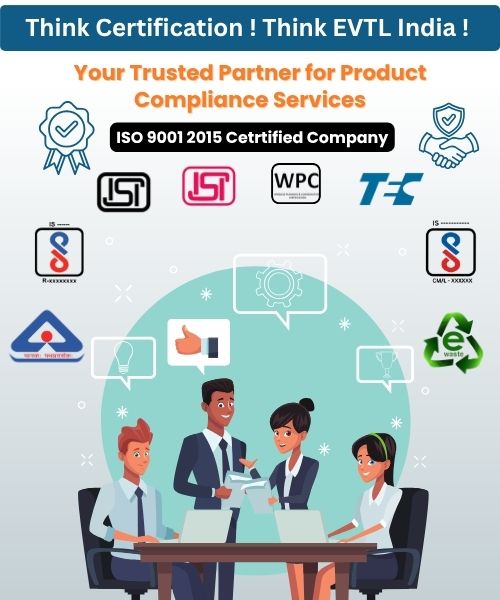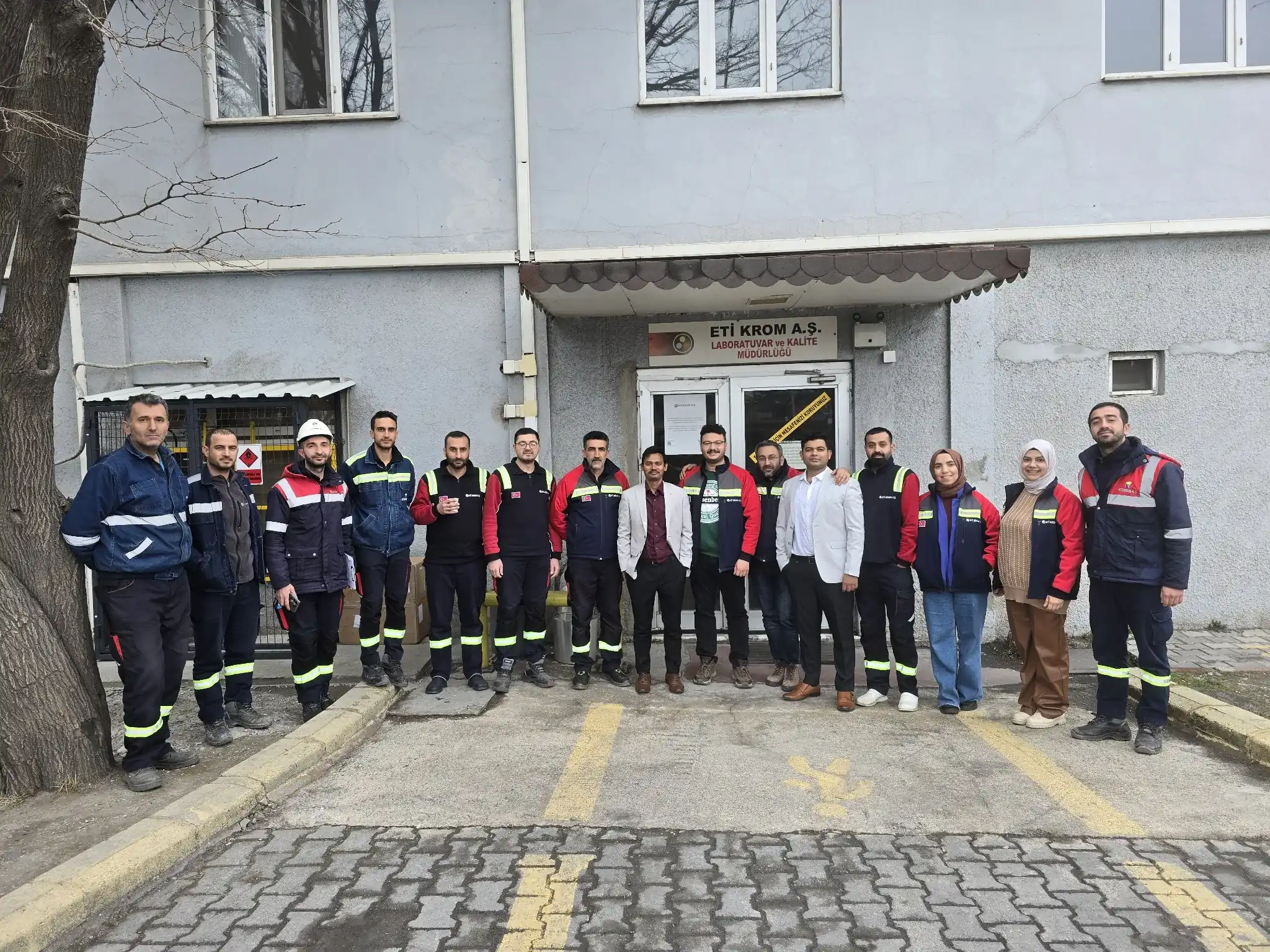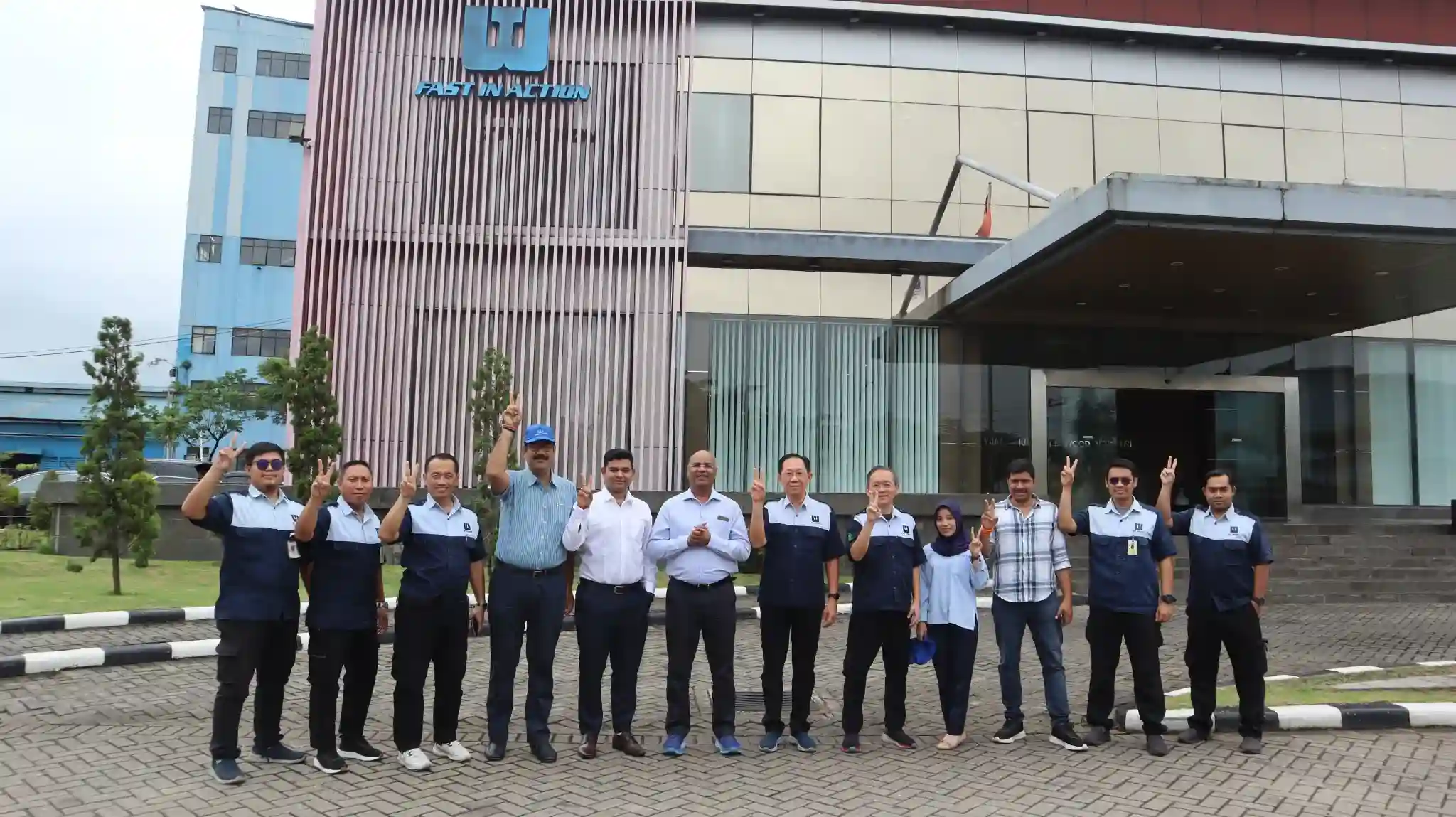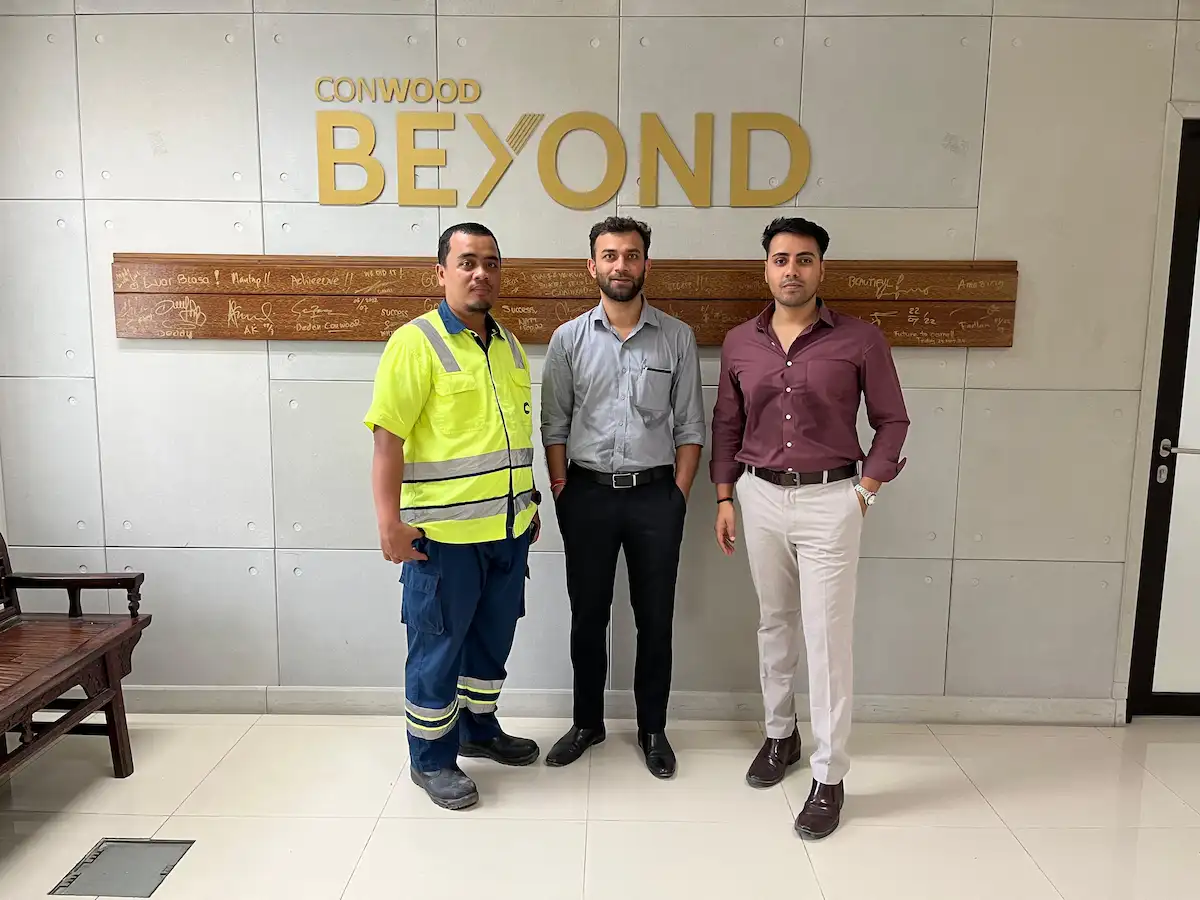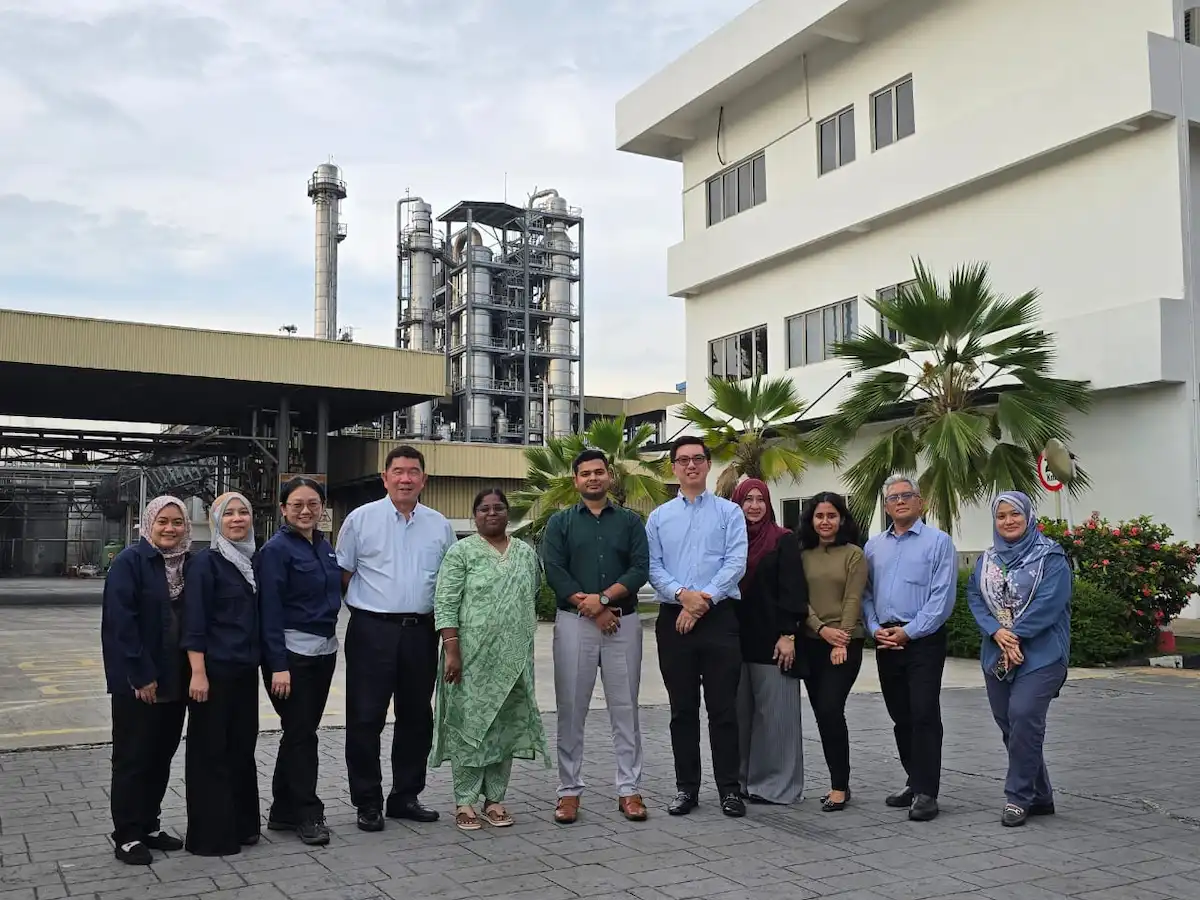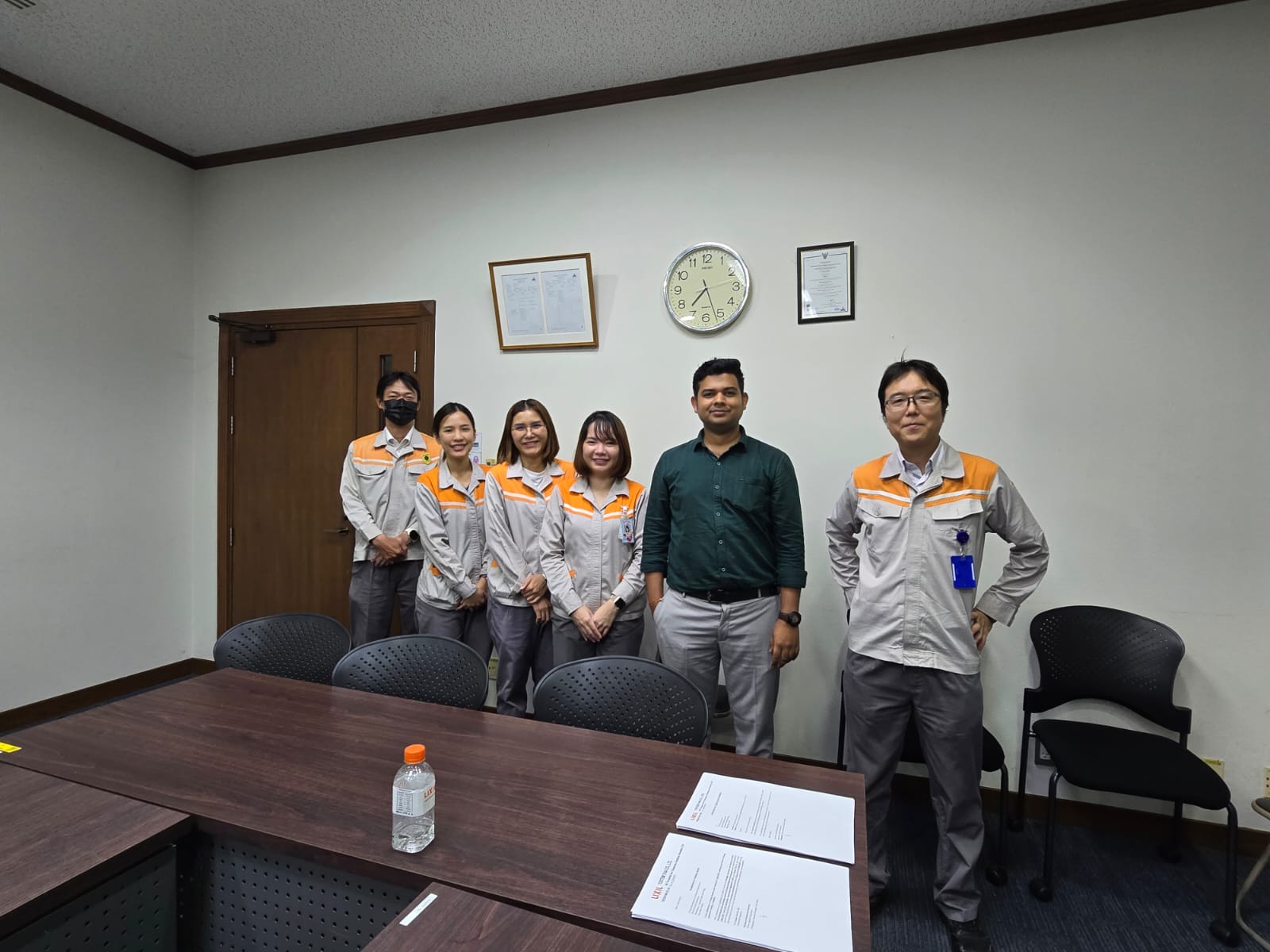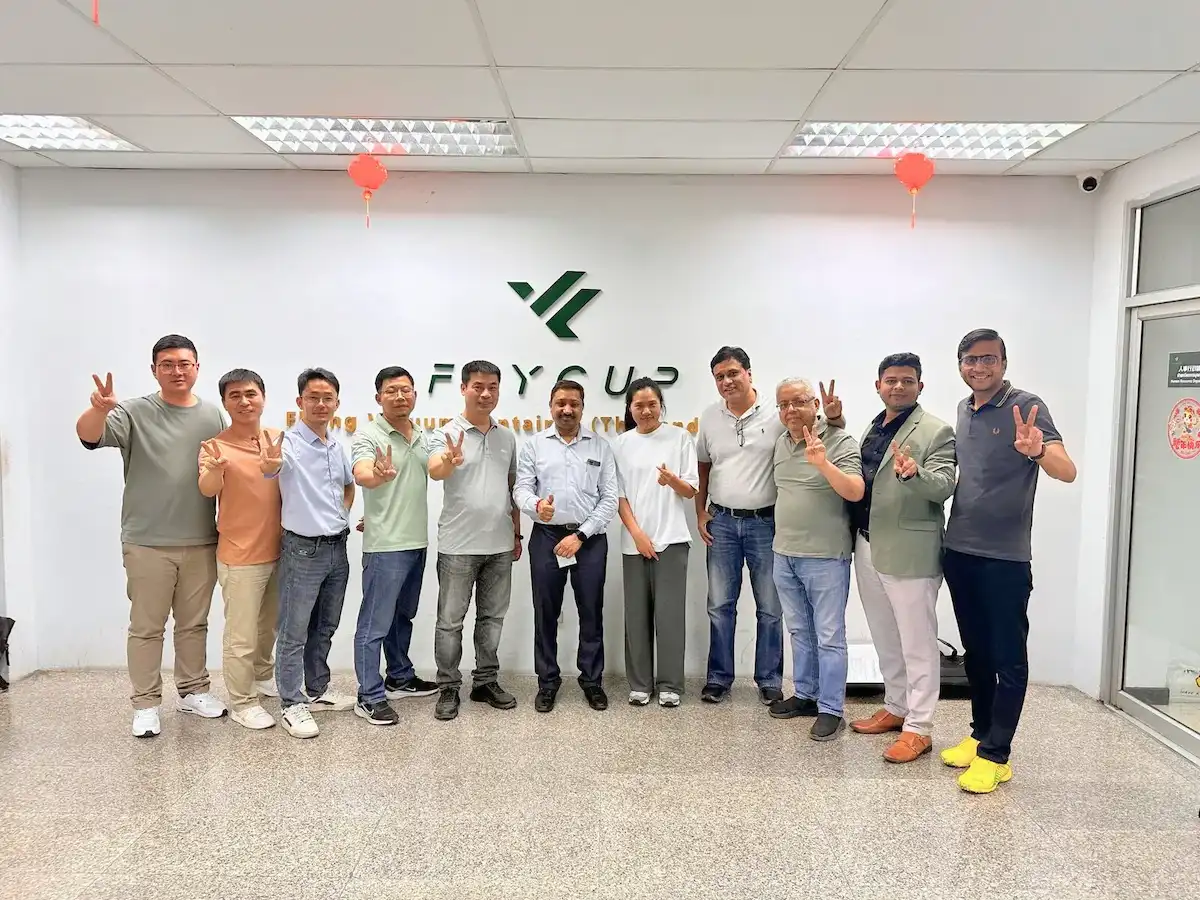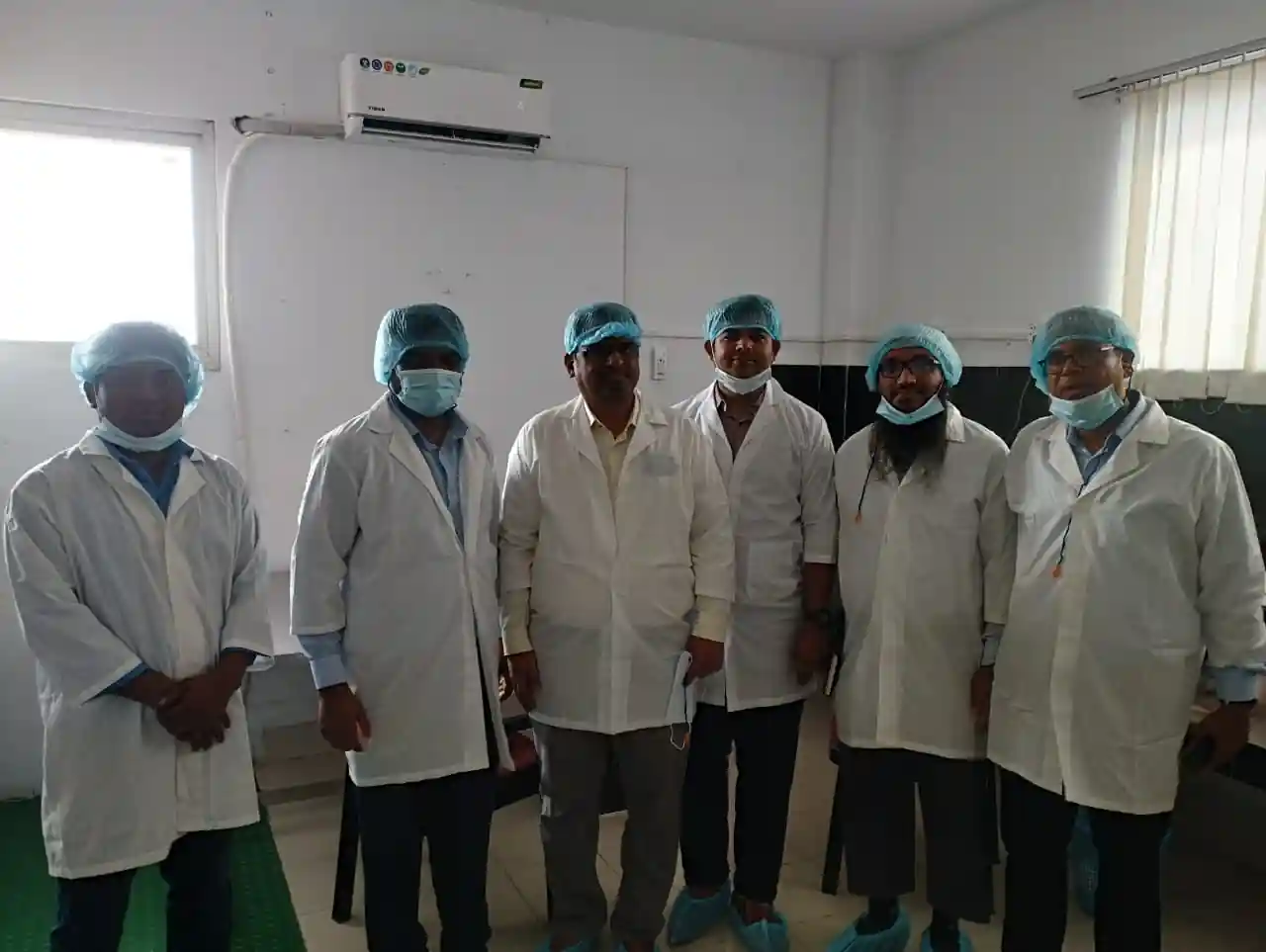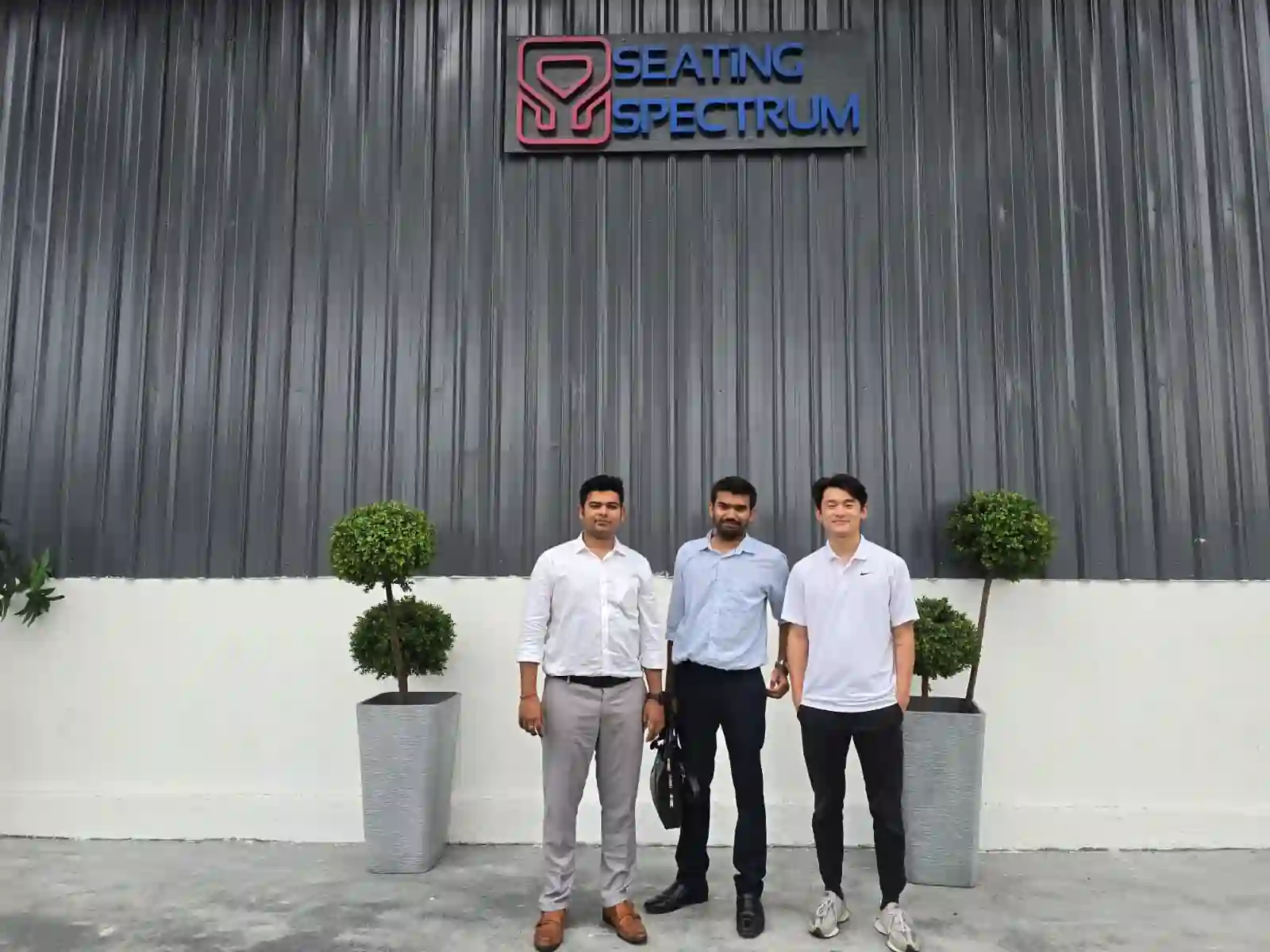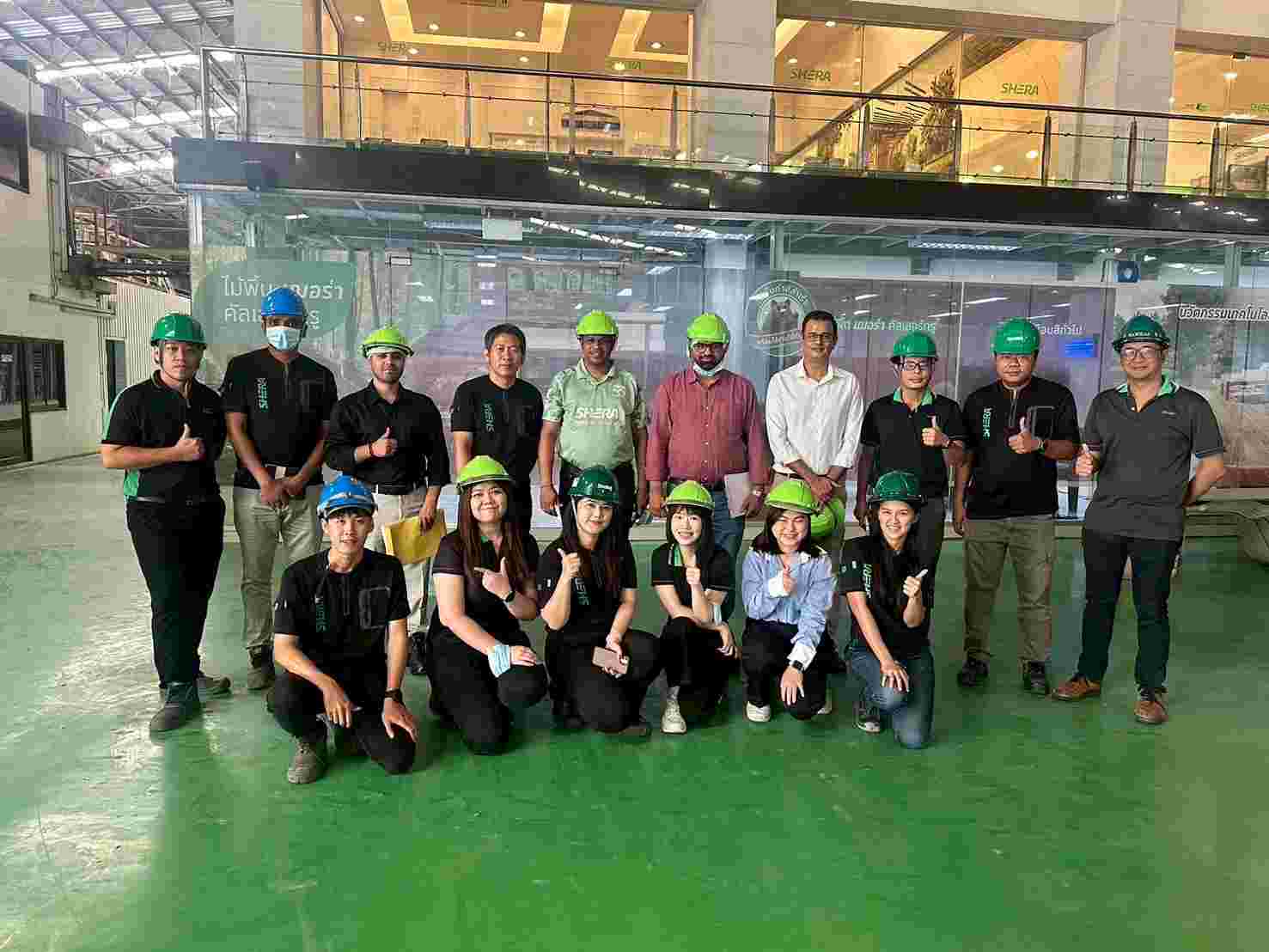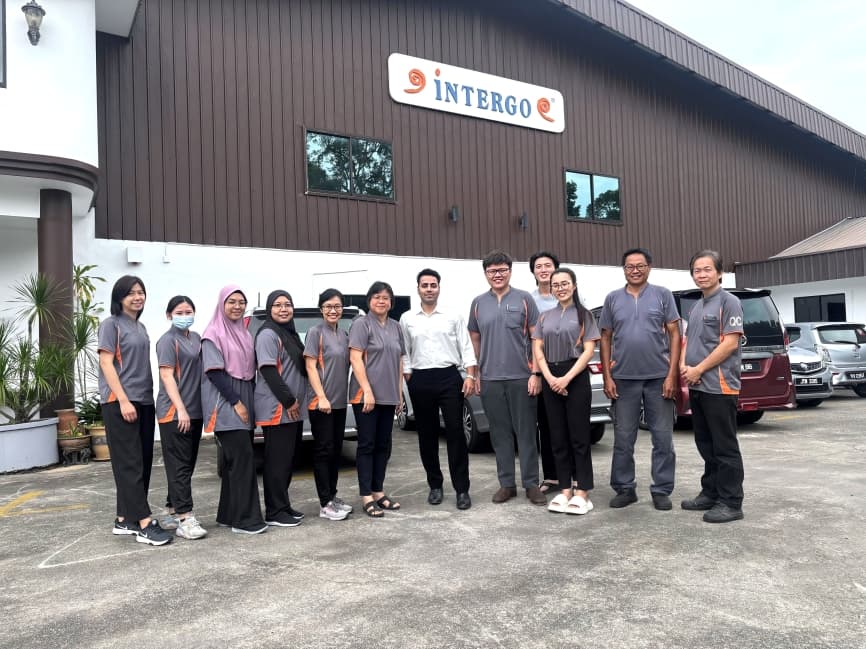Get A Quote
BIS Certification for Geotextiles Used in Sub-grade Stabilisation in Pavement Structures IS 16362: 2020
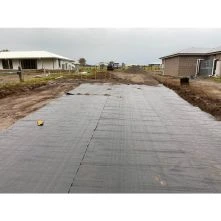
Geotextiles used in sub-grade stabilization in pavement structures are designed to improve the strength and stability of the underlying soil in pavement systems. These geotextiles act as a reinforcement layer, providing support to the pavement by distributing loads evenly, preventing settlement, and reducing the effects of erosion.
They help in stabilizing soft or weak sub-grades by separating the soil from the gravel or sand layers, thus enhancing the performance of the pavement structure. By improving the long-term durability of the pavement, these geotextiles contribute to reducing maintenance costs and extending the lifespan of roads and highways.
Introduction
BIS certification for geotextiles used in sub-grade stabilization
in pavement structures ensures that these products meet the high-quality
standards set by the Bureau of Indian Standards. The Geo Textiles (Quality Control) Order, 2022 mandates that all
geotextiles used for sub-grade stabilization must obtain the ISI Mark before being marketed in
India. This certification guarantees that the geotextiles comply with essential
performance criteria, including tensile strength, filtration capacity, and
durability. By obtaining BIS
certification, manufacturers demonstrate their commitment to providing
products that improve the stability and longevity of pavement structures,
contributing to safer, more durable road systems across India.
Why is BIS Certification Necessary for Geotextiles
Used in Sub-grade Stabilisation in Pavement Structures?
The BIS certification is crucial for geotextiles used in sub-grade stabilization in pavement structures because it ensures the materials meet the stringent requirements for performance and quality. The sub-grade in pavement structures is vital for providing long-term stability and load-bearing capacity. Without proper geotextiles, the pavement may experience premature failure due to poor sub-grade support. The certification ensures that only high-quality, durable geotextiles are used, reducing the risk of costly repairs or structural failures. BIS certification guarantees that these geotextiles can withstand heavy traffic loads, moisture, and environmental factors, ultimately ensuring the reliability and safety of transportation infrastructure.
Also Read
BIS QCO For Geo Textiles(Geotextiles used in Sub-grade Stabilisation in pavement structures)Overview of Indian Standard IS 16362: 2020
Indian Standard IS 16362: 2020 provides
the specifications for geotextiles used
in sub-grade stabilization in pavement structures. It outlines essential
performance parameters such as strength, durability, permeability, and
resistance to mechanical stress, which are critical for the geotextile’s
function in supporting the pavement system. This standard ensures that the
materials used in road construction can withstand the pressures exerted by
traffic, weather, and soil movement. It also provides guidelines for testing
and quality assurance, making sure that only geotextiles meeting these
standards are used in sub-grade stabilization applications. Adherence to IS 16362: 2020 is essential for
ensuring the safety, stability, and sustainability of pavement structures,
contributing to the overall success of infrastructure projects in India.
Process for BIS Certification
The BIS
certification process for Geotextiles Used in Sub-grade Stabilisation in
Pavement Structures involves multiple steps, designed to thoroughly evaluate a
product's compliance with the required standards. Here is a general overview of
the certification process:
1. Application Submission: Manufacturers
must submit an application form along with required documentation to BIS.
2. Documentation Review: BIS reviews the
submitted documents to ensure completeness and correctness.
3. Factory Inspection: BIS officials
conduct an on-site inspection of the manufacturing facility to assess the
production process and quality control measures.
4. Sample Testing: Product samples are
taken and tested in BIS-approved laboratories to verify compliance with Indian
standards.
5. Certification Grant: Upon successful
completion of the inspection and testing, BIS grants certification, allowing
the manufacturer to use the BIS mark on their products.
Documents Required for BIS Certification
To apply for BIS certification, manufacturers need to submit the following documents:
● Application form
● Manufacturing process details
● Quality control plan
● Test reports from BIS-approved laboratories
● Factory layout and equipment details
● Proof of business registration
● Product specifications and technical details
● Declaration of conformity to Indian standards
Additionally, manufacturers may be required to provide proof of compliance with environmental and safety regulations, depending on the specific type of product being certified.
BIS ISI Mark Certification Costing And Timeline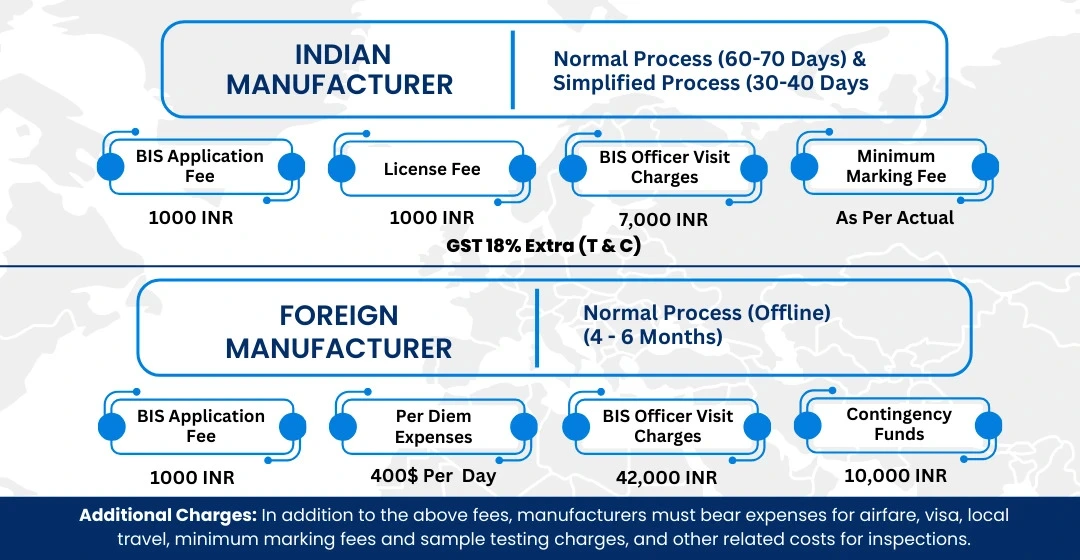
To Know The Process in Detail, Please Visit:
Under BIS Registration Products ISI and CRS
Conclusion
BIS certification
for Geotextiles Used in Sub-grade Stabilisation in Pavement Structures is
essential to ensure adherence to quality and safety standards as per IS 16362 :
2020. By complying with the mentioned Quality control order, certified products
provide reliable performance, enhance consumer safety, and reinforce the
credibility of manufacturers in the Indian market.
Navigating the BIS certification
process can be challenging, especially for small and medium-sized enterprises.
EVTL India is a leading consultancy firm dedicated to assisting manufacturers
in obtaining BIS certification (ISI Mark) efficiently. With expertise in
managing BIS portal submissions, documentation, and regulatory fees, EVTL India
ensures a smooth and successful certification process. By choosing EVTL India,
manufacturers can enhance their product's marketability both in India and
internationally, securing a competitive edge. Additionally, EVTL India provides
ongoing support post-certification, helping manufacturers maintain compliance
with BIS standards and renew their licenses as needed.
Free Call Back
Latest News & Update
📅 BIS Critical Component List (CCL) Updates for Solar PV Modules
🕒 BIS Fee Concessions for MSMEs and Startups | EVTL India
📅 Guidelines for Implementation of Essential Requirements for Security of CCTV
🕒 Omnibus Technical Regulation (OTR) Amendment Order, 2025
🕒 Extension of Timeline for Filing Annual Returns by Battery Producers
📅 Extension of Timeline for Filing Quarterly and Annual Returns for E-Waste
🕒 Extension of Concurrent Running Period for IS 302-1: 2008 and IS 302 (Part 1): 2024
🕒 BIS Guidelines for Grant of Licence (GoL) | EVTL India
📅 CPCB Guidance on filing of Application, Fees and more
🕒 CPCB Notification on Labelling of Plastic Packaging
📅 Mandatory Compliance for Input Materials of Steel and Steel Products for Imports
🕒 BIS Guidelines for Scheme-X Certification for OTR-Regulated Products
📅 BIS Upgrades Product Certification License Numbers to 10-Digit Series
🕒 BIS Certification No Longer Mandatory for 14 Chemical & Polymer Categories
Why Choose EVTL INDIA
Expertise in Indian Regulatory Standards
End-to-End Support
Trusted by Top Indian & Global Brands
Fast Processing & Transparent Pricing
Strong Liaison with Indian Authorities
Company Profile